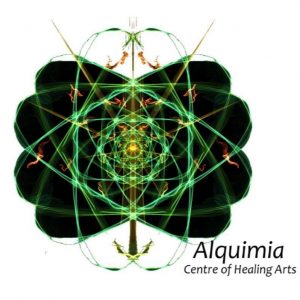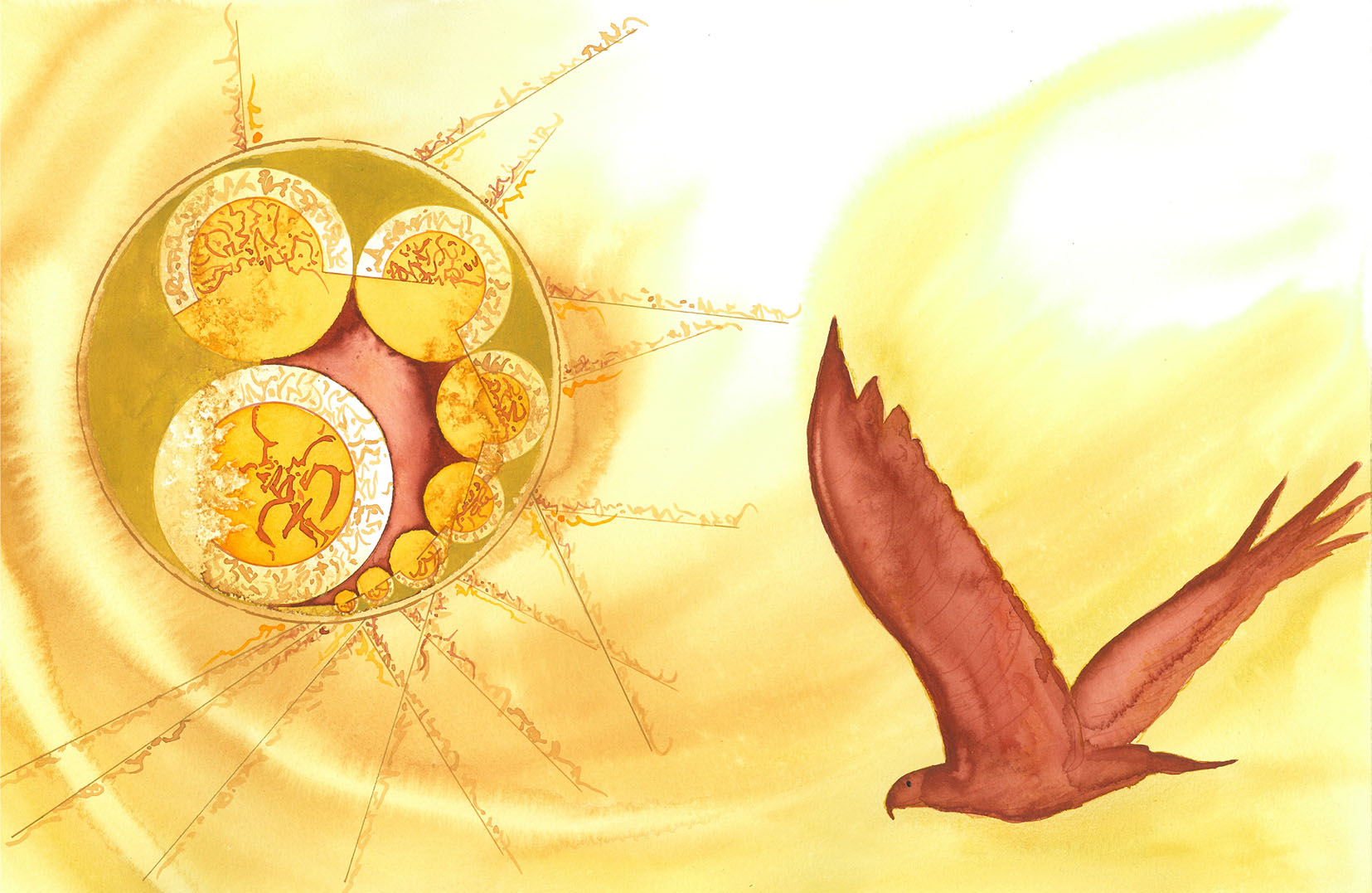“Is it too much to hope that a system of education may someday be devised, which shall give results, in terms of human development, commensurate with the time, money, energy and devotion expended? In such a system of education it may be that mescaline or some other chemical substance may play a part by making it possible for young people to “taste and see” what they have learned about at second hand…in the writings of the religious, or the works of poets, painters and musicians.”
The British visionary novelist Aldous Huxley had a clear mind about how to introduce psychedelics in formal education and foster the expanded consciousness in a guided school environment.
Many years passed by and in most countries, governments and mainstream science manage to legitimate the use of entheogens solely for medicinal purposes, never mentioning the intriguing possibility to approach them for personal growth and realization.
It seems very hard to eliminate bigotry and persistent hypocrisy from this paradigm.
Entheogenic education is not a very recent idea, since the majority of tribal societies scattered all over the world have been relied on plants as an effective source of knowledge for centuries.
If in ancient times the shaman was seen as a bridge in between two worlds, the one able to unveil invisible realms and communicate with spirits, today we should review this concept and shed light on a rising phenomenon.
As Western people discovered again the sacred rituals and plants, modern shamans are called for bridging two completely different belief systems and sustain the integration of information through a patient remodelling of mental constraints. This is not because Western people don’t own the primordial force, but it’s mainly due to a loss of communication with the unconscious field, a progressing drift from the roots of being with all its metaphors and symbols.
So, the shaman would be more a translator for an archaic language, a fluent interpreter of nature’s speech.
To review the entheogenic education means honestly to regain the original message of these plants: comprehension and growth. But, do we really understand what it brings us?
A redundant lullaby from people who met for the first time a master plant in a ceremony sounds like: ‘and now, what should I do with it? How can I apply all this powerful, transforming knowledge in real life?’
Many times these lullabies float obsessively in a space of uncertain awe; big, fluorescent question marks framing the depth of a joyous experience which may remain inexplicable. Without being educated first on the use of entheogens, maybe we’ll never be able to reach a profound absorption of knowledge, maybe we will sit on disappointment and distress with a sense of frailty. When we stretch the burdens of our mind, we apply a vigorous pressure inside ourselves and if we expect an immediate change or a shaking result we may force a process that needs care, compassion and patience.
By enclosing the use of entheogens in a free, educative space we nurture the seeds of change to a richer degree. We allow ourselves to consciously receive the message and to create a mature relationship with a plant.
Yet we have no system or set process to allow such examination and exploration in a healthy and proper manner. We have relegated the ecstatic experience of chemistry to the halls of the profane and the illegal. We have added it to the list of necessary oppression in a culture that gets high on oppression and sublimation rather than true responsibility that comes with freedom.
Entheogens unfold their potential in a prepared soil and definitely teach humanity how to progress as a fully developed, synchronized organism. There is a lot to learn, a universe of knowledge awaits to be explored with the simplest of the tool: education.

